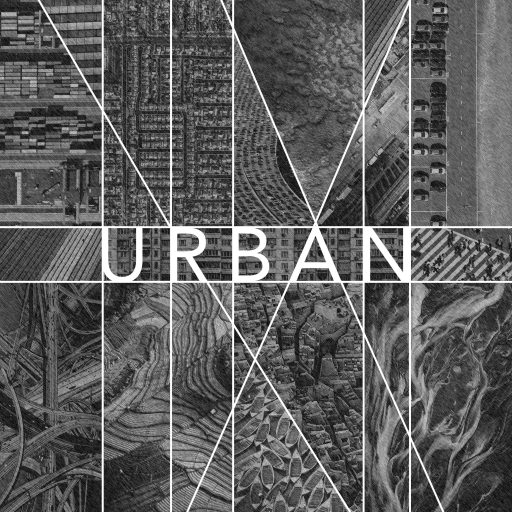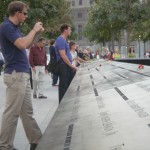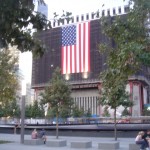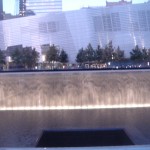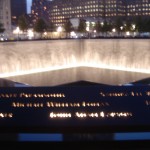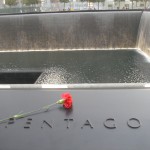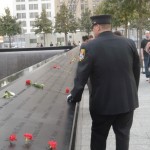On September 12, 2011, the National 9/11 Memorial opened its doors to the public for the first time, after years of budget hurdles, construction delays, and endless bickering over design minutia. For many, the opening of the memorial plaza was a comforting—if somber—chapter in the aftermath of the attacks that claimed nearly 3,000 lives exactly ten years before. That the memorial was delivered on time and under budget is a testament to the determination and resilience of a city wracked by grief and anger.
Standing by the two sunken pools that form the anchors of the memorial, the roaring water drowns out the noise of construction that continues ceaselessly on all sides. The sheer size of the fountains is a mesmerizing reminder of the towers that once stood in their place. It is a haunting and beautiful place. It’s a landmark, a burial ground, an urban scar. But it is not a sanctuary or an oasis, and is hardly a place for a casual stroll. At least not yet.
Due to extraordinarily tight security measures paired with greater than expected demand, the memorial plaza (sans museum until next year) is open only to those who have pre-registered for a specific time slot, often months in advance. Once at the site, hopeful visitors must endure a winding obstacle course of metal detectors, concrete bollards, and dozens of staff barking directions. Beyond a measure of security, this process does ensure that the plaza is never too crowded, a welcome policy for those seeking a moment of solace in a city all but alien to the concept. But it also ensures a somewhat disarming homogeneity in the crowd: tourists mainly, nary a street performer or casual passerby in sight.
When Michael Arad, the landscape architect behind the memorial, spoke at Columbia University last month, he revealed that his vision for the site was for a central urban gathering place – where office workers would come and sit for lunch and nearby residents would take their kids to play. He wanted it to be another of the city’s great public spaces, not the fortress it currently resembles.
Perhaps one day, after the chain link fences come down and the crowds start to diminish, Arad’s vision will be realized. But visitors may never be able to shake the gravity of the place they stand on. The role of the largest urban memorial in the US will be evolving, and its impacts felt, for a long time. But for now, we must grin and bear the pat-downs and bag checks, and kindly keep off the grass.
